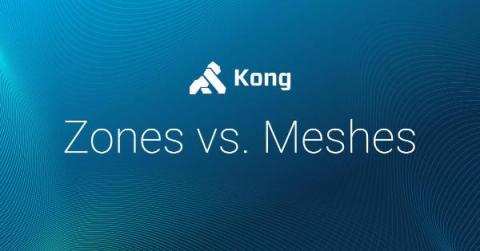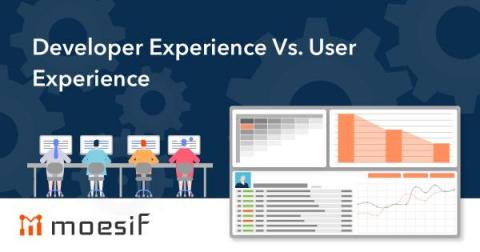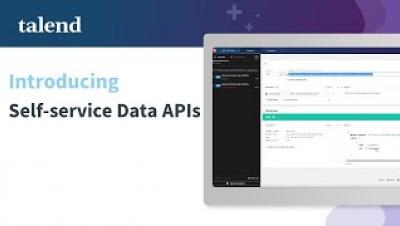Systems | Development | Analytics | API | Testing
API
Developing a Local Authenticator for WSO2 Identity Server #Identityin15
Getting Started with Skaffold for Kubernetes Deployments
Kubernetes has experienced rapid growth over the years, with a recent post from the Cloud Native Computing Foundation reporting a userbase increase of about 67% in just the past year. Kubernetes is a container orchestration platform that automates how containers are deployed, how they communicate, and how traffic is routed between them; it also scales configurations for both the containerized workloads and the underlying infrastructure that comprises the cluster.
How Zones and Meshes Fit Into Your Service Mesh Deployment
Kong Mesh (and Kuma, the open source project upon which Kong Mesh is built) supports multiple zones and meshes. What is the difference between a zone and a mesh, though? And when should one use a zone versus a mesh or vice versa? By the time you’re done reading this blog post, you’ll have a better understanding of the role of zones and meshes and where each of them fit into a Kong Mesh deployment.
API Discoverability and Self Service
Banking API vs Open Banking vs Neo Banking Made Simpler
Developer Experience Vs. User Experience
While they may seem similar at first glance, Developer Experience (DX) is not just “User Experience (UX) for developers”. Rather, DX is an extension of UX focused on users who build with technical languages and tooling. DX follows the same core principles of UX but extends it by recognizing that technical details and mechanical processes can be understood and utilized efficiently by a developer.
Data Mapping Best Practices | A Guide to Types, Approaches, Tools
In any application integration, data migration and in general, any data management initiative, data mapping is one of the most critical steps. One could even argue that the integrations project success depends largely on correct mapping of source to target data. So, let’s review what the data mapping best practices are: the types, the common approaches as well as the useful data mapping tools.








